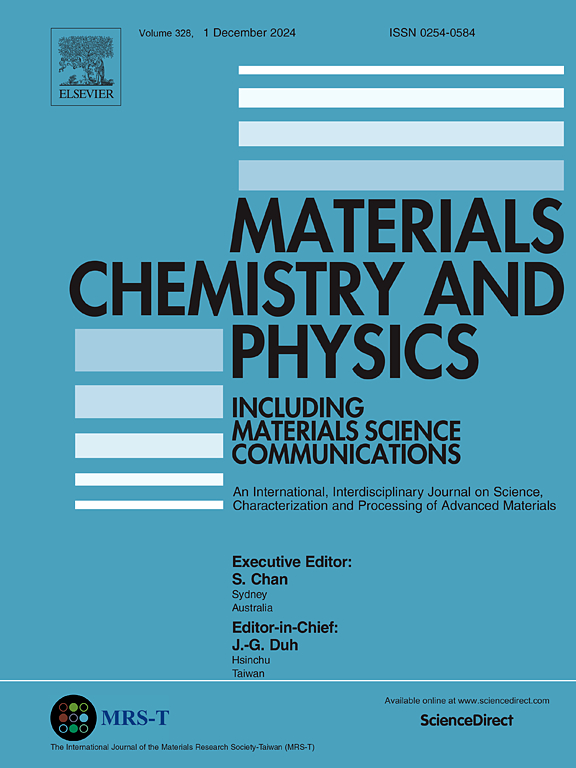Bio-based poly(hydroxyurethane)s of good thermal/mechanical properties upon insertion of polyamide segments
IF 4.3
3区 材料科学
Q2 MATERIALS SCIENCE, MULTIDISCIPLINARY
引用次数: 0
Abstract
Polyaddition of cyclic carbonates (CCs) and di- or polyamines to prepare polyhydroxyurethanes (PHUs) has been regarded as the most promising method to prepare non-isocyanate polyurethanes (NIPUs), granted it incorporates bio-based raw materials and achieves 100 % atom economy. However, low molar mass of bio-based linear PHUs leads to poor mechanical properties and heat resistance, greatly limiting their large-scale production and application as a substitute for conventional polyurethanes. In this study, a di(cyclic carbonate) with hexanediamide segments (HDADCC) was synthesized through a green transesterification of the di(1,2-diols) with dimethyl carbonate under mild reaction conditions. Furthermore, a series of bio-based diamino-terminated oligoamides (DAPADs) were prepared from bio-based dimer acid and decanediamine, effectively increasing the molecular weight of PHUs. Thermoplastic polyhydroxy(amide-urethane)s (PHAUs) were synthesized from the polyaddition of HDADCC with DAPADs. Notable polar difference between diamide segments and bulky alkyl groups resulted in nano-scale microphase separation and highly hydrophobic surfaces for PHAUs. The symmetrical diamide segments enhance the intermolecular forces of materials, while the flexible segments of DAPAD impart excellent toughness. As a result, the newly prepared PHAUs show excellent and tunable thermal and mechanical properties with the tensile strength and elongation at break reaching 19.4 MPa and 560.1 %, and a melting point of up to 100.7 °C. Essentially, this simple and efficient preparation method not only achieves green preparation of polyurethanes but also ensures good mechanical properties and heat resistance, providing a new perspective on the combination of excellent performance and environmental friendliness of polyurethane materials.

求助全文
约1分钟内获得全文
求助全文
来源期刊

Materials Chemistry and Physics
工程技术-材料科学:综合
CiteScore
8.70
自引率
4.30%
发文量
1515
审稿时长
69 days
期刊介绍:
Materials Chemistry and Physics is devoted to short communications, full-length research papers and feature articles on interrelationships among structure, properties, processing and performance of materials. The Editors welcome manuscripts on thin films, surface and interface science, materials degradation and reliability, metallurgy, semiconductors and optoelectronic materials, fine ceramics, magnetics, superconductors, specialty polymers, nano-materials and composite materials.
 求助内容:
求助内容: 应助结果提醒方式:
应助结果提醒方式:


